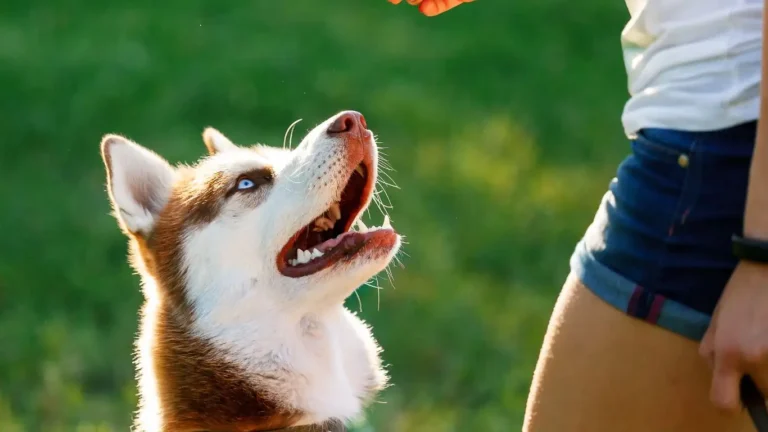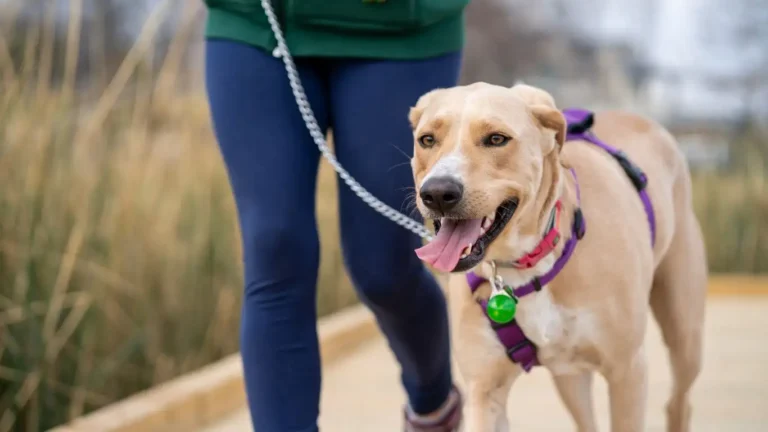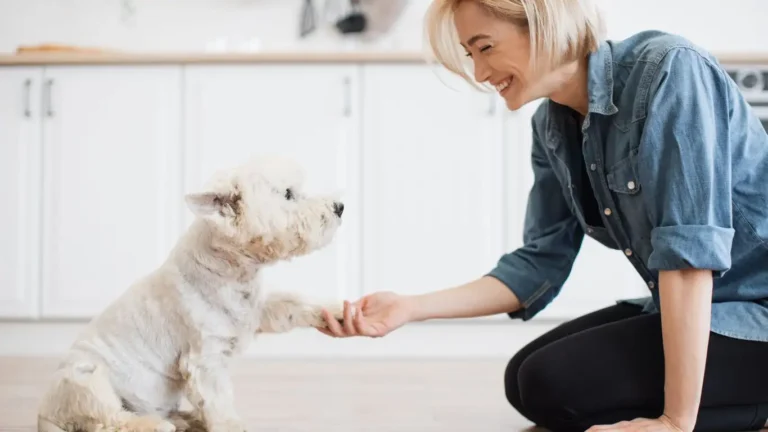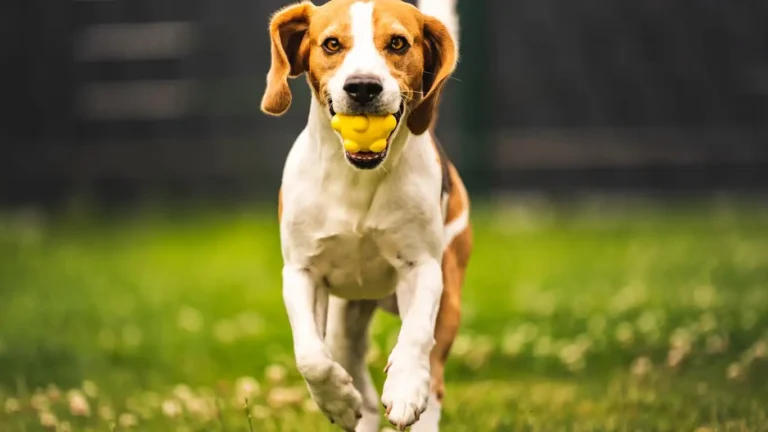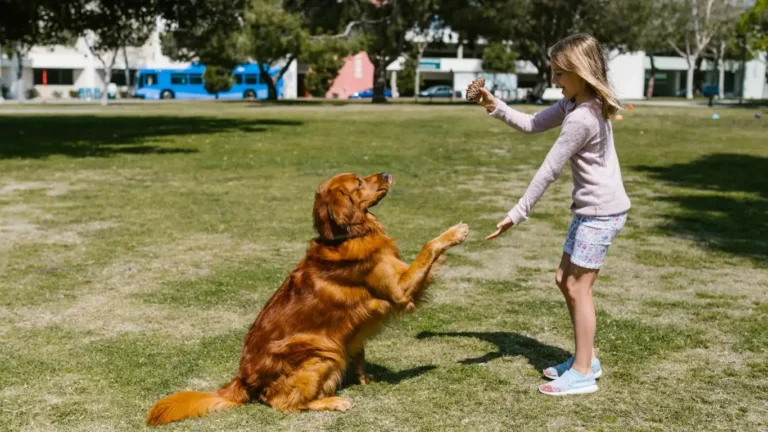Proven Tips to Train Your Dog to Stay Calm at Outdoor Events
Taking your pup to a festival, market, or even just a busy park can feel like you’re walking into a whirlwind of chaos—especially if your dog’s more “bouncing-off-the-walls” than zen master. I totally get it. One of the most common questions I get asked in my work as a Canine-Assisted Therapy Trainer is: how to train a dog to be calm at outdoor events. Whether it’s a dog-friendly concert or your local farmer’s market, I’ve seen both the magic and the madness dogs can bring into public spaces. Let’s just say I’ve been “that person” being dragged across a lawn by a wildly overstimulated Labrador. But the good news? With the right approach, any dog can learn to chill out, no matter how wild the surroundings.
Why Outdoor Events Can Be Overwhelming for Dogs
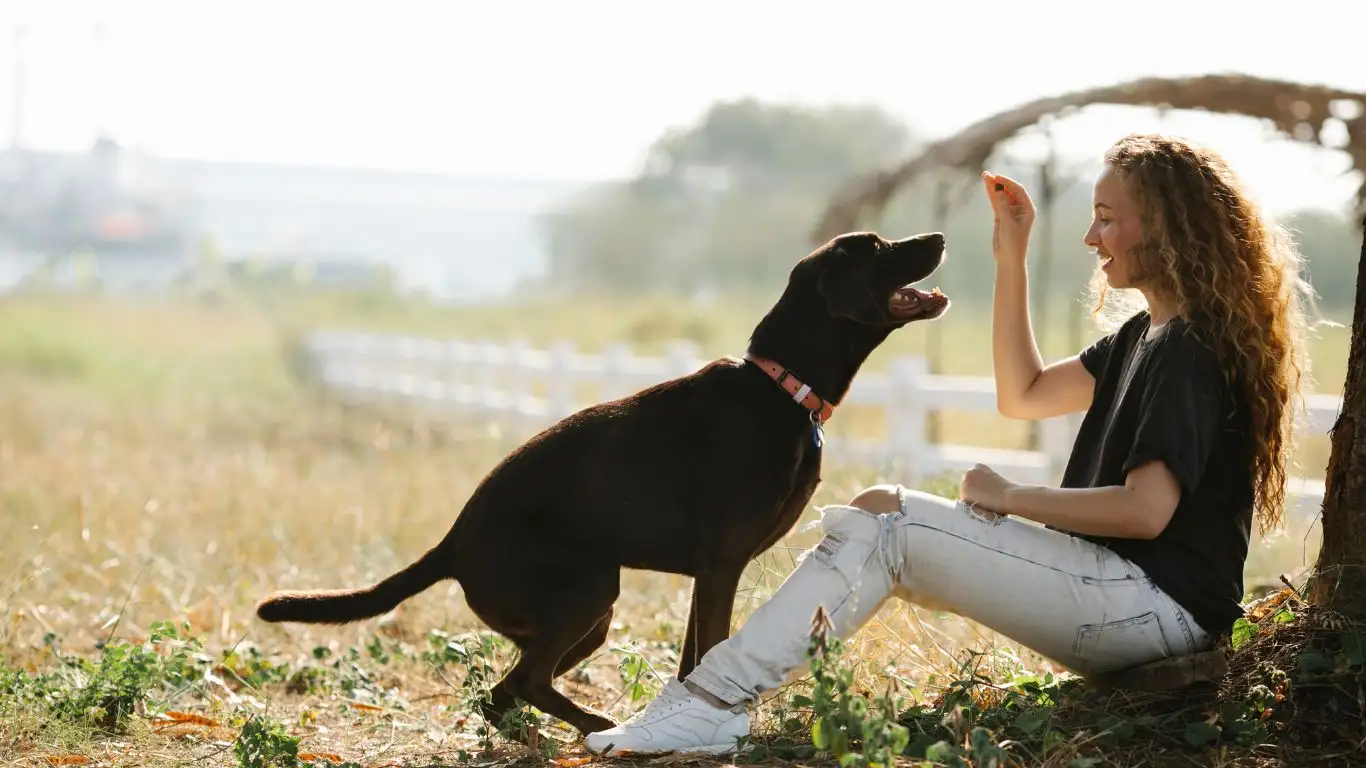
Before we jump into training tips, it helps to understand why some dogs lose their cool when they’re outside among crowds. Outdoor events are full of unexpected sounds, new smells, strangers (both human and canine), and fast-paced movement. That’s a sensory overload cocktail.
Even the calmest homebody dog can become unglued when surrounded by food trucks, squealing kids, music, and other dogs straining at their leashes. It’s not bad behavior—it’s usually just a lack of preparation. And hey, even therapy dogs don’t start off calm. It takes consistent work and loads of patience.
The Calm Dog Foundation: Start with Basics at Home
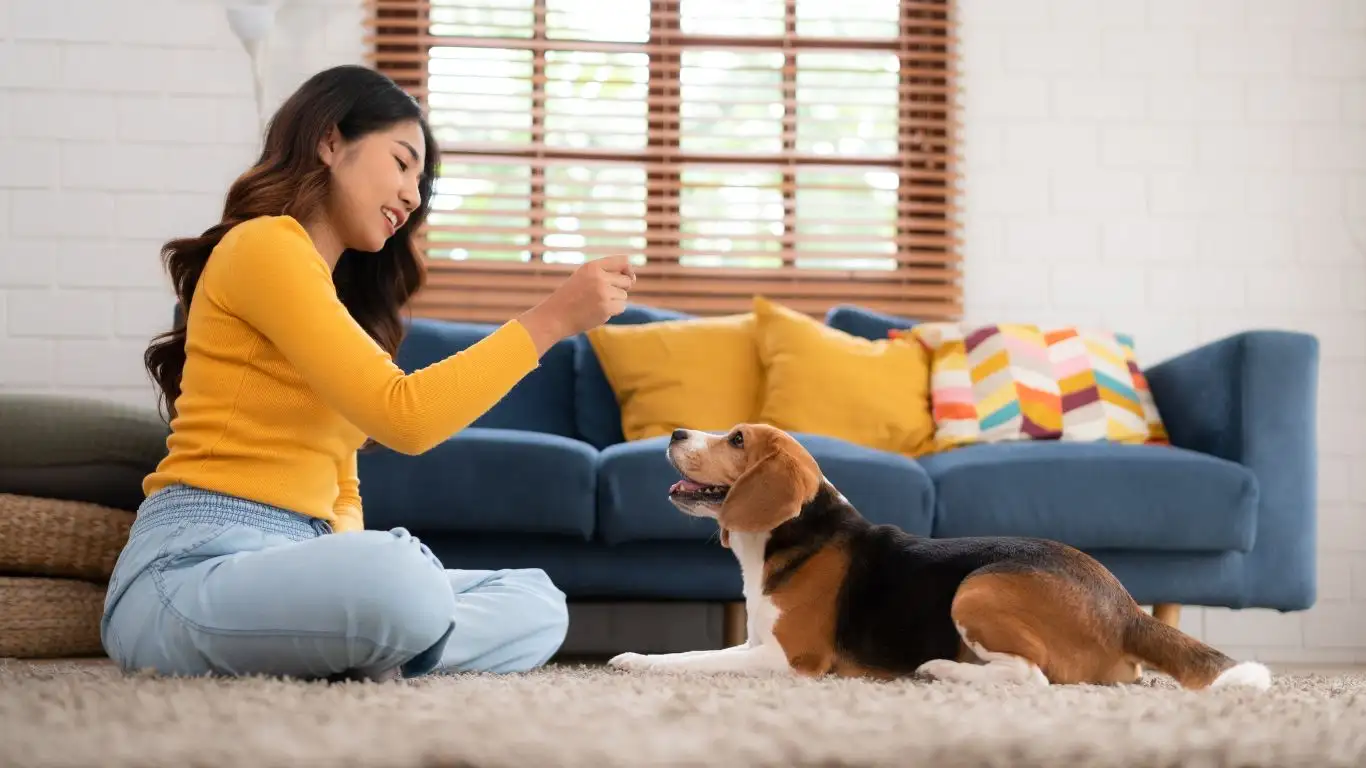
Lay the Groundwork Indoors First
I always say, if your dog can’t stay chill in your living room, they won’t magically be composed at a street fair. Start with basic impulse control exercises. These don’t just build obedience—they help your dog learn to self-regulate.
- Place Training: Teach your dog to go to a mat and stay there calmly, even with distractions like the doorbell ringing or someone walking past with a sandwich.
- Duration Sit/Down: Increase how long your dog can hold a position. This builds patience and focus.
- Desensitization Sounds: Play event-like sounds (cheering, clapping, traffic) at low volume while rewarding calm behavior.
Don’t worry if your dog flunks the first few tries. I’ve worked with some reactive rescues who couldn’t even handle the vacuum running nearby. But consistent training (and rewards!) really does transform behavior over time.
Introduce Controlled Outdoor Environments
Once your dog’s solid indoors, it’s time to venture outside—but don’t go straight to the big leagues. Start small.
- Practice near a quiet sidewalk or an empty park during low-traffic times.
- Let your dog observe people from a distance without forcing interaction.
- Use lots of high-value treats (think chicken, not kibble) to reward focus and calm behavior.
I used to take one of my therapy trainees to the parking lot of a local hardware store. Cars, carts, people, but not too intense. We’d hang out there for 15 minutes doing basic commands, and over time she stopped flinching at every noise. That’s the kind of slow build that really makes a difference.
Reading the Room: Learn Your Dog’s Stress Signals
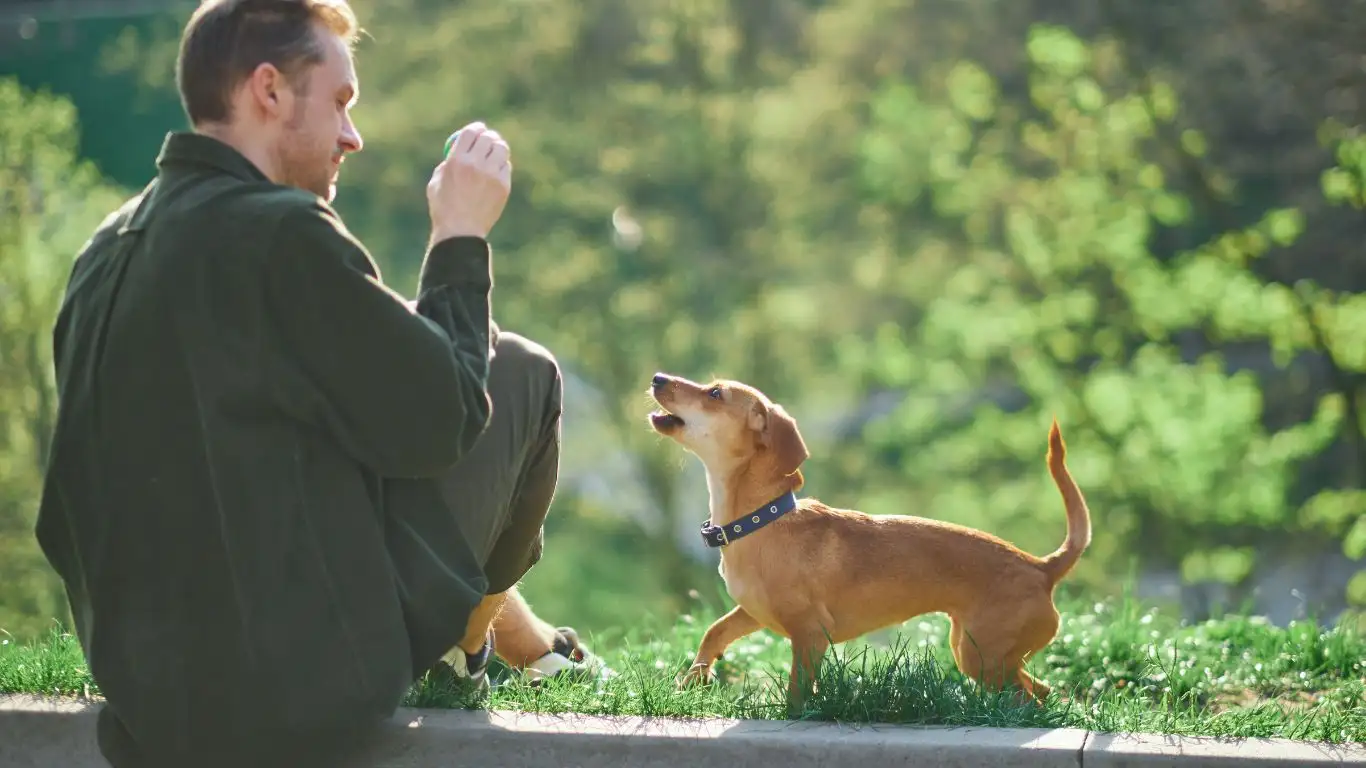
One of the most overlooked pieces of this puzzle is recognizing when your dog’s nearing their limit. It’s not just about obedience—it’s about emotional regulation. A dog that’s “trying” to be good but is overwhelmed will show signs like:
- Lip licking or yawning when not tired
- Shaking off like they’re wet (when they’re not)
- Pacing, whining, or refusing treats
- Sudden pulling or trying to leave
These aren’t quirks—they’re signs your dog is getting stressed. In my sessions, I train handlers to watch for these micro-signals and respond early. Give your dog a break, increase distance, or even call it a day if needed. It’s better to have five minutes of calm success than an hour of struggle.
Gradual Exposure: Taking It One Step at a Time
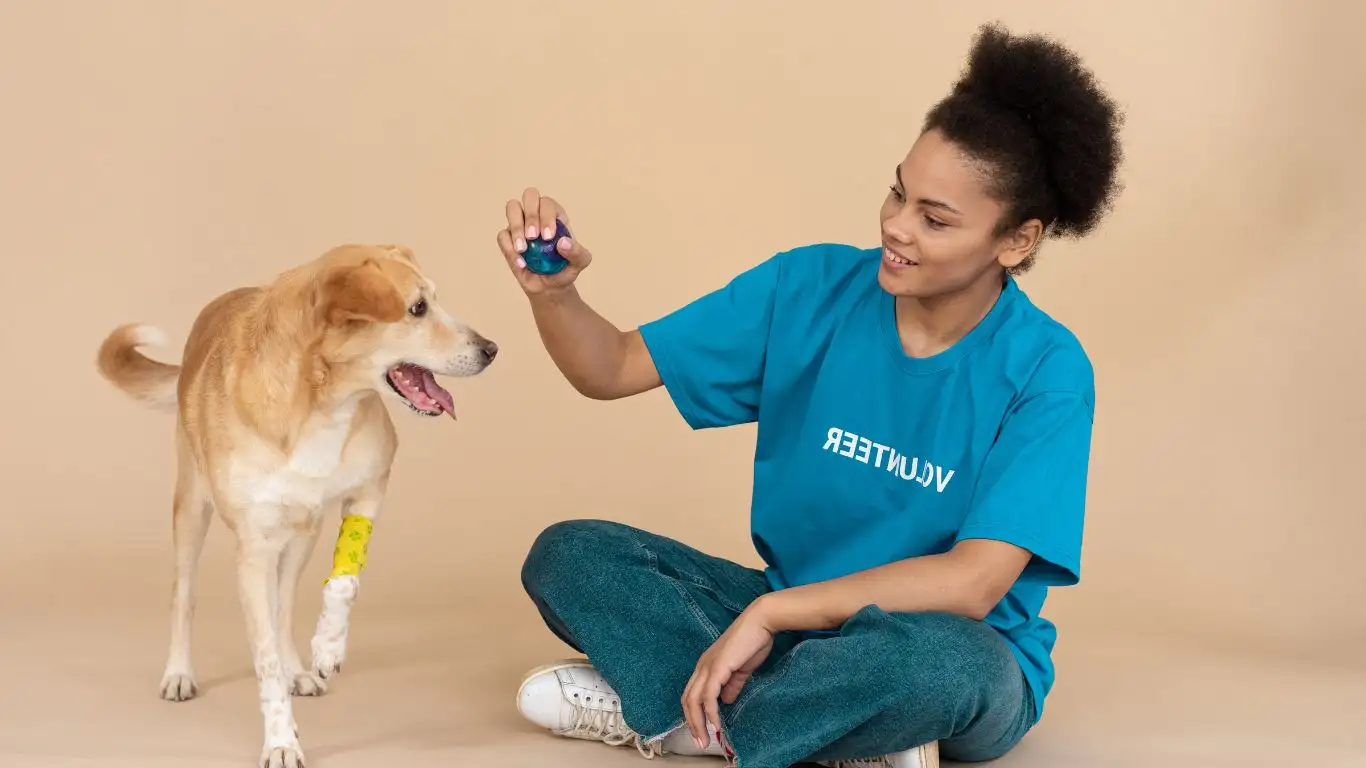
So, once your dog can handle low-key settings, what’s next? You start slowly cranking up the challenge. I always compare it to training for a marathon—you wouldn’t run 26 miles on day one, right? You’d build up over time. Same goes for teaching your dog how to be calm at outdoor events.
I usually tell clients to work their way up with “practice runs” in semi-busy areas. Maybe it’s a local pet store parking lot on a Saturday afternoon or a public park during a weekend soccer game. The goal isn’t perfection—it’s building tolerance and staying just under your dog’s threshold. If your pup starts tuning out commands or scanning wildly, it’s a sign you may need to dial things back a notch.
Pick the Right Time and Space
Your success is going to depend a lot on the environment you choose. Go early in the morning or later in the evening, when crowds are thinner and distractions are lighter. Bring a friend or family member to help out—sometimes having an extra set of hands (or eyes) can make a huge difference when you’re managing treats, leashes, and possibly a poop bag emergency.
And don’t skip the small wins! One of my favorite training moments ever was when a previously reactive boxer I worked with ignored a passing stroller at a weekend market for the first time. It might seem minor, but to his handler and me, that was a standing-ovation moment.
Tools That Help (and Some That Don’t)
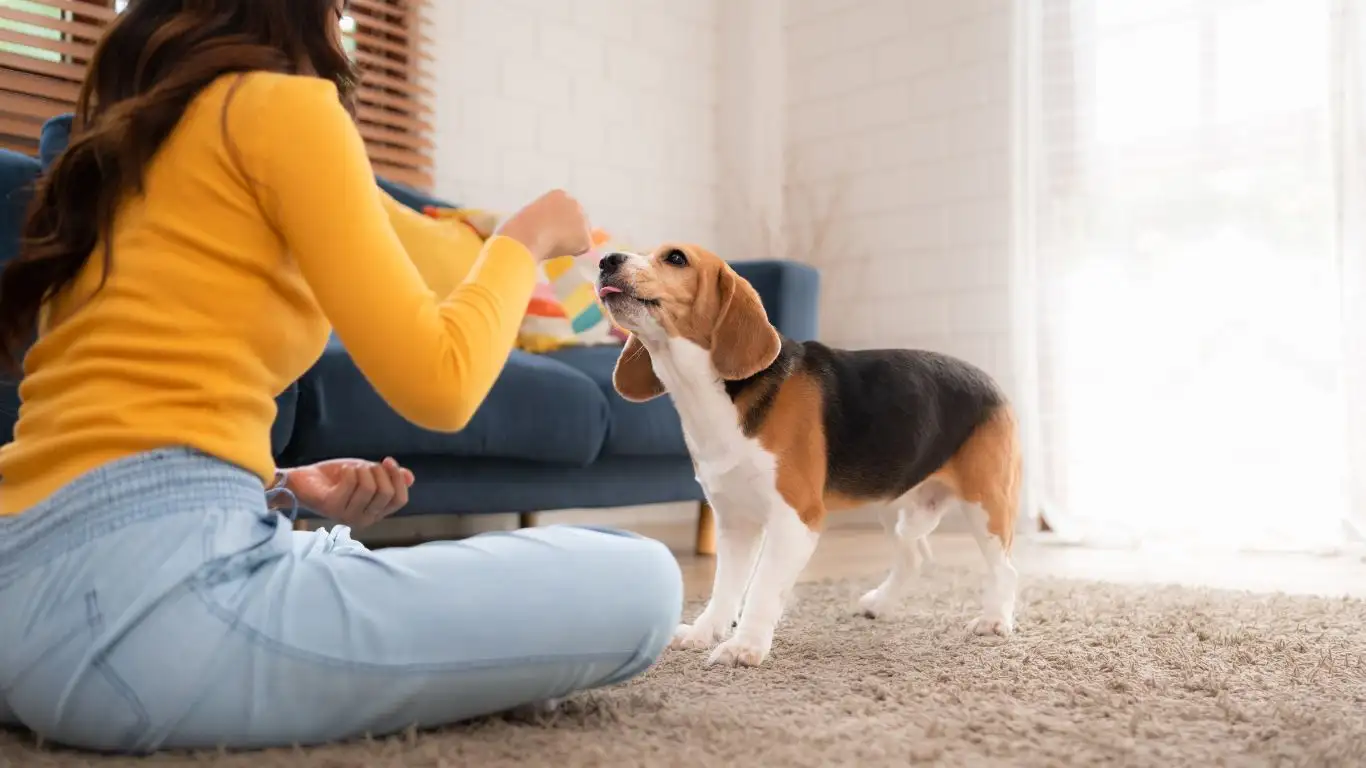
Let’s talk gear. Because when you’re out in the wild world of open-air events, the right tools can make or break your session. Here’s what I swear by in my own practice:
- No-pull harness: Gives you better control without putting pressure on your dog’s neck.
- Treat pouch: Trust me, fumbling with a plastic baggie while trying to reward your dog mid-sit is just… not it.
- High-reward treats: This isn’t the time for dry kibble. Think tiny pieces of hot dog, freeze-dried liver, or boiled chicken.
- Mat or blanket: Teaching your dog to lie on a familiar mat in public spaces helps create a mental “safe zone.”
Now, here’s what I don’t recommend: retractable leashes (zero control), prong collars (can backfire in stimulating environments), or relying on barking deterrent devices. Long-term calm behavior is all about training and trust, not short-term fixes or fear-based tools.
Reinforce Calmness, Not Just Commands

It’s easy to get caught up in obedience—sit, down, stay—but don’t forget to reward the moments your dog chooses to be calm on their own. This is one of the best tips I give to handlers who are working on public-event readiness.
If your dog settles under your chair without being asked, calmly offer a treat. If they sit and watch kids running by without reacting, praise the heck out of them. These are golden training opportunities.
When I was training one of our therapy dogs to attend library reading events, I’d bring her to my local coffee shop patio and just sit with her. No commands, just observing. The first time she stayed calm through the entire latte, I knew we were on the right track. That kind of reinforcement builds confidence in dogs—and in you as a handler.
Practice Makes Predictable
Calm dogs at outdoor events don’t happen by luck—they’re built with repetition. The more your dog learns what to expect and what’s expected of them, the less unpredictable they become. Over time, they stop reacting to every jogger or falling French fry, because they’ve seen it all before.
Don’t be discouraged if your progress feels slow. Some dogs get it within weeks, others take months. The key is consistency. Even five minutes a day can lead to big changes. I’ve had senior dogs start this journey and absolutely crush it—age is never a limit to learning how to chill.
Real-Life Event Prep: What to Do the Day Of

Alright, you’ve put in the work. Your dog can stay calm during neighborhood walks, ignore joggers, and chill out on a mat like a pro. Now it’s game day—a real outdoor event with all the distractions in full swing. What do you do to set you and your dog up for success?
First off, don’t skip the walk before the event. A bit of structured exercise can take the edge off extra energy. Think of it like a pre-game warm-up. Even just 20 minutes of sniff-walking (where your dog gets to explore at a relaxed pace) can help reset their nervous system before the excitement begins.
Pack Like a Pro
Bringing your dog to a public event is a lot like taking a toddler out—you’ll need a small arsenal of supplies. Here’s my go-to list:
- Water & travel bowl: Especially if it’s warm out or the event is on pavement.
- High-value treats: Still key for reinforcing focus and calm.
- Mat or blanket: Something familiar for your dog to lie on.
- Poop bags: No explanation needed, right?
- Wipes or towel: Mud, slobber, mystery substances—just trust me.
Don’t forget to scope out the event setup beforehand if possible. Look for shaded areas, low-traffic zones, and exits (because sometimes you’ll need to make a quick one). I once had to leave a food truck festival after just 10 minutes because the live music stage was way too close—and way too loud—for the spaniel I was working with. It’s not about “failing”; it’s about advocating for your dog’s needs.
Handling Surprises and Setbacks
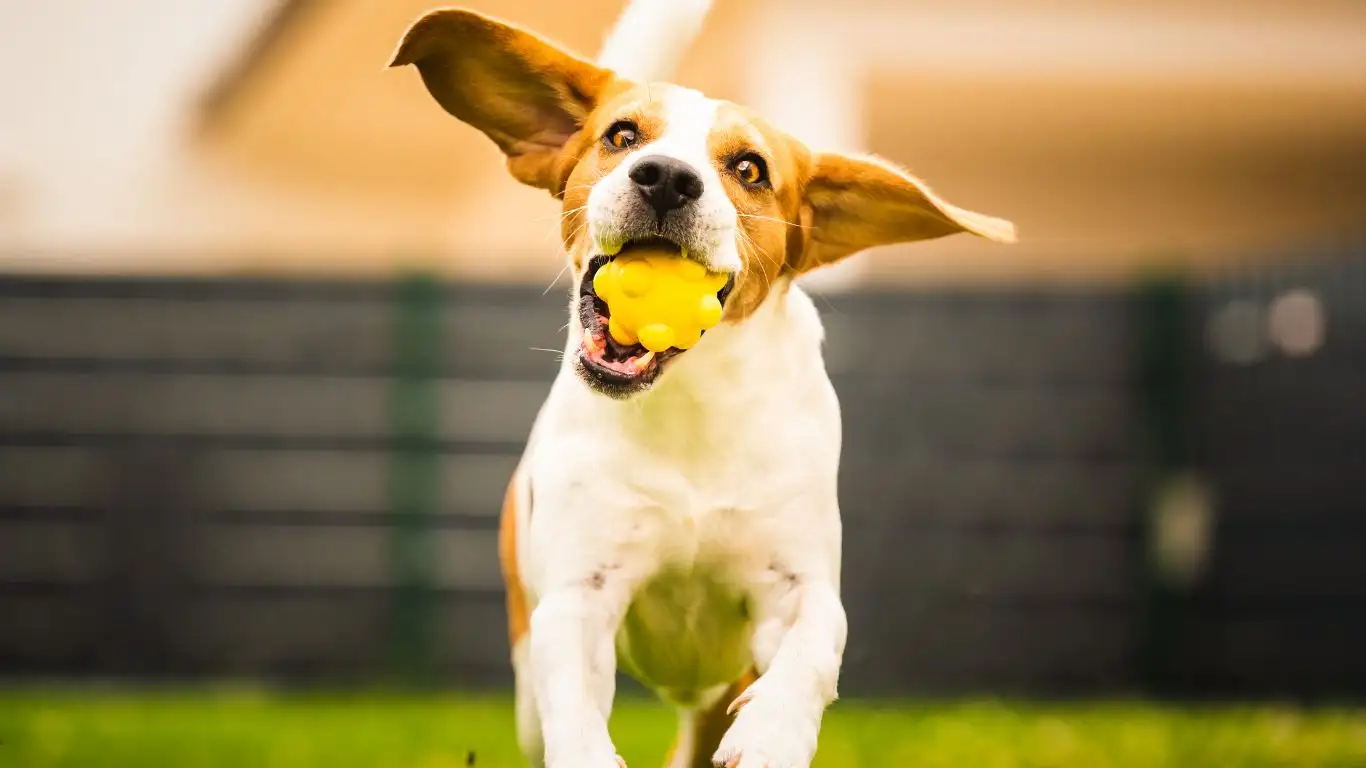
Let’s be honest: even with all the prep in the world, things can go sideways. A sudden cannon blast (true story), a runaway toddler, or a rogue balloon can undo weeks of training in seconds. It’s totally normal.
The trick is how you respond. Stay calm, breathe, and redirect. Use your dog’s name in a happy tone, cue a simple command they know well, and reward any hint of focus. If it’s too much, walk away and regroup somewhere quieter. There’s no shame in taking breaks.
One tip I always give clients: practice recovery. That means practicing what to do after a moment of overstimulation. Maybe your dog barked, lunged, or ignored a cue. Instead of getting frustrated, take a minute to help them settle, then try an easy command like “touch” or “look at me” and reward when they reconnect. These little recovery wins add up.
Make Calm Fun
We sometimes forget that “calm” doesn’t have to be boring. Make it rewarding, playful even. Use games like “Find It” (scatter a few treats near their mat) or slow sniff walks during breaks. I’ve had the best luck keeping dogs chill during long events by giving them something simple to “do” that’s still relaxing.
Dogs want to succeed. Most of them don’t want to be anxious or reactive—they just don’t know what else to do. That’s where we come in. You’re not just their trainer; you’re their translator, their advocate, and sometimes their emotional support human.
Consistency Over Perfection
If there’s one thing I want to leave you with, it’s this: progress beats perfection every time. Not every outing is going to be perfect. Some days your dog will rock it, other days they’ll forget everything you’ve taught them. And that’s okay.
As a Canine-Assisted Therapy Trainer, I’ve seen dogs go from totally unmanageable in public to being calm, steady presences in schools, hospitals, and community events. And they all started the same way: with baby steps, consistency, and owners who were willing to show up—even on the hard days.
So if you’re wondering how to train a dog to be calm at outdoor events, know that it’s not a one-size-fits-all answer. But it is 100% doable with the right mindset, some patience, and maybe a pocket full of chicken.
References
Disclaimer
This article is based on personal experience and professional knowledge in canine-assisted therapy training. It is intended for informational purposes only and should not replace individualized guidance from a certified professional dog trainer or veterinary behaviorist. Always consider your dog’s unique needs and temperament when applying any training techniques.
